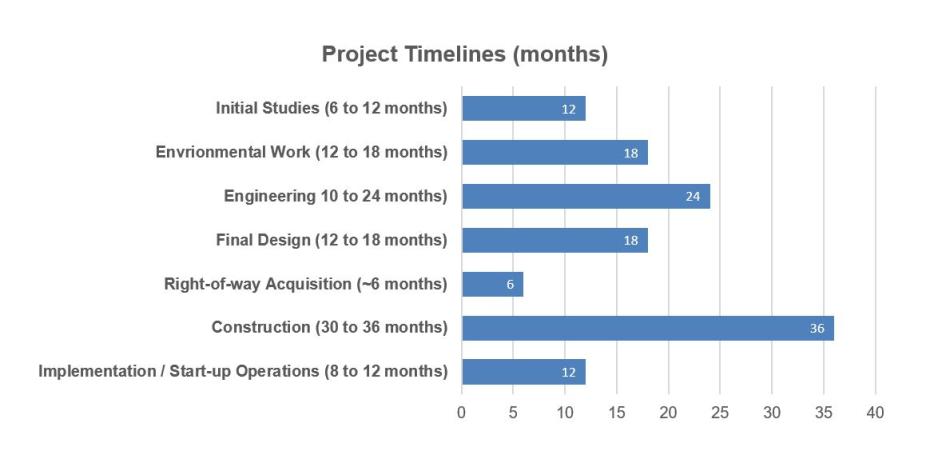The planning and development of rail transit services is a comprehensive effort lead by VTA in partnership with cities and co-created with community members based on needs. Each study involves a thorough community outreach and planning process, and often involves other government agencies, local, state, and federal agencies. The nature of these studies requires a highly skilled and multi-disciplinary staff that understands the technical aspects of these projects and is sensitive to community concerns and perceptions as well as financial and political realities.
Prior to conducting a corridor-level planning study, a project is carried through an assessment and prioritization process. This process guides the decision whether to conduct a Major Investment Study (MIS) or other initial studies. The assessment and prioritization process includes:
- Initial Assessment: This process includes conceptual planning, definition of project goals and principles (in partnership with community), feasibility, and review by Board of Directors. Total Timeframe 12-18 months.
- Evaluation: Further engineering and project definition, performing technical analysis, additional public outreach, create project scope and definition, and review by Board of Directors. Total Timeframe 12 months
With completion of initial assessments, projects can move into the corridor planning stage. Corridor planning studies consist of several distinct phases, with each typically taking one or more years to complete. Some phases may overlap with each other. The primary study phases and general timelines include:
- Initial studies (6–12 months)
- Environmental work (12–18 months)
- Engineering (10-24 months)
- Final design (12–18 months)
- Right-of-way acquisition (~6 months)
- Construction (30–36 months, depending on project)
- Implementation / Start-up Operations (8–12 months) may run concurrently with later stages of construction
